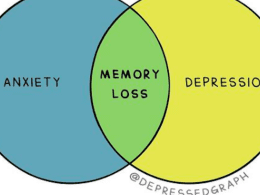Smallpox is a highly infectious and deadly disease that has plagued humanity for centuries. It is caused by the variola virus, which is transmitted through respiratory droplets or contact with infected bodily fluids. Smallpox causes a range of symptoms, including high fever, body aches, and a rash that develops into pus-filled blisters. The disease has a mortality rate of up to 30%, and survivors can suffer lifelong complications, such as scarring, blindness, and limb deformities.
Smallpox has been one of the most devastating diseases in human history. The disease is believed to have originated in Africa or Asia, and it spread through trade and conquest to other parts of the world. The first recorded outbreak of smallpox occurred in Egypt in 1350 BCE, and the disease continued to ravage civilizations for thousands of years. Smallpox was responsible for killing millions of people in Europe, Asia, and the Americas.
In the 18th century, smallpox became a major global health concern. European colonizers brought the disease to the Americas, where it decimated the indigenous population. The disease also spread through Africa, Asia, and Europe, causing epidemics and pandemics that killed millions of people. Smallpox was so feared that many countries implemented mandatory vaccination programs to prevent the spread of the disease.
The fight against smallpox intensified in the 20th century. In 1967, the World Health Organization (WHO) launched a global smallpox eradication campaign, which aimed to eliminate the disease from the world. The campaign relied on a strategy of mass vaccination and surveillance, and it was successful in eradicating smallpox by 1980. Smallpox is the only human disease that has been eradicated, and it is considered one of the greatest achievements in public health history.
Despite the eradication of smallpox, the disease remains a threat. The variola virus is classified as a Category A bioterrorism agent, and there are concerns that the virus could be used in a biological attack. To prevent this, the WHO and other organizations have recommended that smallpox samples be stored in high-security laboratories, and that vaccination programs be maintained to protect against the re-emergence of the disease.
In conclusion, smallpox is a disease that has had a profound impact on human history. It has killed millions of people, and it has left survivors with lifelong complications. The eradication of smallpox is a testament to the power of public health interventions, but the threat of bioterrorism highlights the need for ongoing vigilance. By understanding the history and impact of smallpox, we can better appreciate the importance of vaccination and public health measures in protecting ourselves and our communities from infectious diseases.












